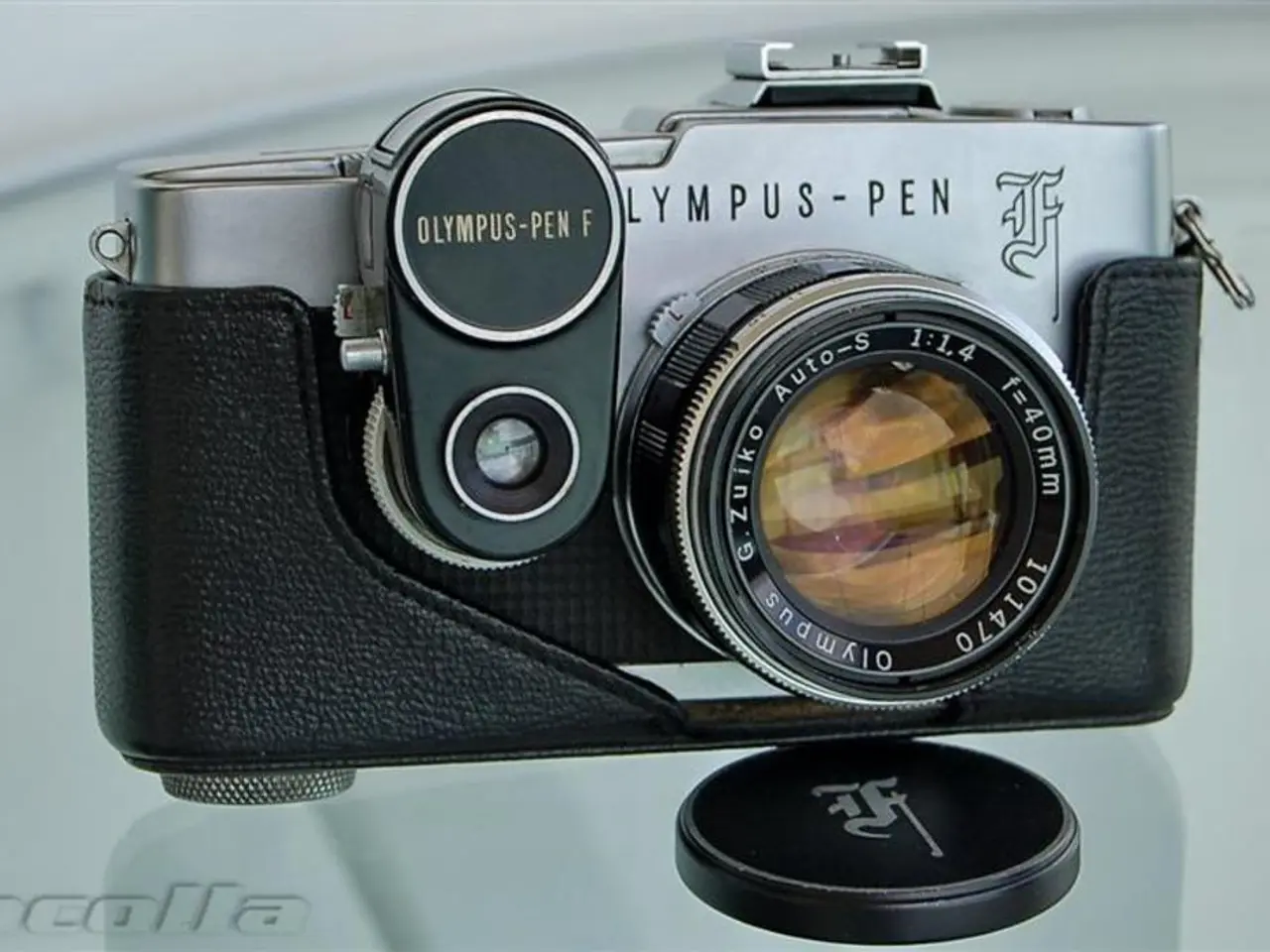Underwater Configuration for Sony A7S III Camera
In the realm of underwater video photography, two cameras have been making waves: the Sony A7S III and the Canon EOS R5. While both offer impressive features, they cater to different needs, particularly when it comes to low-light performance, video quality, and heat management.
The Sony A7S III: A Video Powerhouse for Underwater Shooting
The Sony A7S III stands out as a hybrid camera, striking a balance between a Log profile and standard profile. This makes it an ideal choice for those who want to do some post-production work but not an extensive amount.
One of the key advantages of the A7S III for underwater video is its exceptional low-light sensitivity. Its 12MP full-frame sensor, optimized for video and low-light conditions, delivers cleaner images with less noise compared to the Canon EOS R5's higher-resolution sensor.
The A7S III also excels in video, offering features like 4K recording at up to 120fps, 10-bit 4:2:2 internal recording, and advanced autofocus for video. These features make it ideal for smooth, high-quality underwater video capture with better color depth and grading flexibility.
Moreover, the A7S III manages heat more efficiently than the Canon EOS R5, a crucial advantage in underwater environments where sustained recording capability is often required.
The A7S III's robust build and ergonomics also make it a reliable choice for underwater shooting, aiding steady video capture, especially with proper underwater housings.
The Canon EOS R5: A Hybrid Powerhouse for High-Resolution Stills and Video
On the other hand, the Canon EOS R5 is a hybrid camera offering higher-resolution stills (45MP) and 8K video capabilities. Its autofocus is excellent, tailored more towards stills and hybrid use rather than dedicated video performance.
However, its higher-megapixel sensor is less ideal in low light and tends to overheat faster during prolonged 4K or 8K video shooting underwater.
Choosing the Right Camera for Your Underwater Video Needs
For underwater videography, particularly in dim environments or for long takes, the Sony A7S III's strengths in video quality, low-light shooting, and heat management provide a clear advantage over the Canon EOS R5.
It is recommended to shoot at a high frame rate for underwater shooting. RAW video is ultimately the most workable video for post-production, and the A7S III does offer ProRes raw recording with an external recorder like the Ninja V.
When it comes to setting recording settings, the A7S III allows you to select a picture profile, such as the recommended HLG3, from the Fn menu. Out of the box, Log video may look flat and ugly, but after working with your exposure levels and colors, you can achieve some amazingly detailed video.
To set the recording settings, go to the menu > shooting menu > Image Quality > Movie Settings > Record Settings. To select a picture profile, go to your Fn menu > Picture Profile > PP1 > Gamma > select your Log profile.
It is also recommended to set a manual white balance, either by matching the color temperature of your video lights or by setting a custom white balance. Your shutter speed should be roughly twice your frame rate for video.
In conclusion, whether you're a seasoned underwater videographer or a beginner, understanding the strengths and weaknesses of the Sony A7S III and Canon EOS R5 can help you make an informed decision when choosing the right camera for your underwater video needs.
- The Sony A7S III's exceptional low-light sensitivity, superior performance in video, and efficient heat management make it ideal for underwater video shooting.
- The Sony A7S III, with its Log profile and standard profile options, suits those who want to balance between extensive post-production work and cleaner low-light images.
- Both the A7S III and the Canon EOS R5 are hybrid cameras, but the latter caters more towards high-resolution stills and hybrid use, offering 45MP stills and 8K video capabilities.
- The Canon EOS R5's higher-megapixel sensor is not optimized for low-light conditions and tends to overheat faster during video recording underwater compared to the A7S III.
- In low-light environments or for long takes, the A7S III provides a clear advantage in underwater videography due to its superior video quality, low-light shooting, and heat management.
- It is advisable to shoot underwater video at a high frame rate for best results and to use ProRes raw recording, which the A7S III offers with external recorders like the Ninja V.
- To optimize video quality from the A7S III, adjust the picture profile, select a Log profile, and set a manual white balance matching your video lights or custom white balance.
- Understanding the strengths and weaknesses of both cameras helps in making informed decisions regarding the right camera choice for underwater video needs, whether you're a beginner or an experienced underwater videographer.




